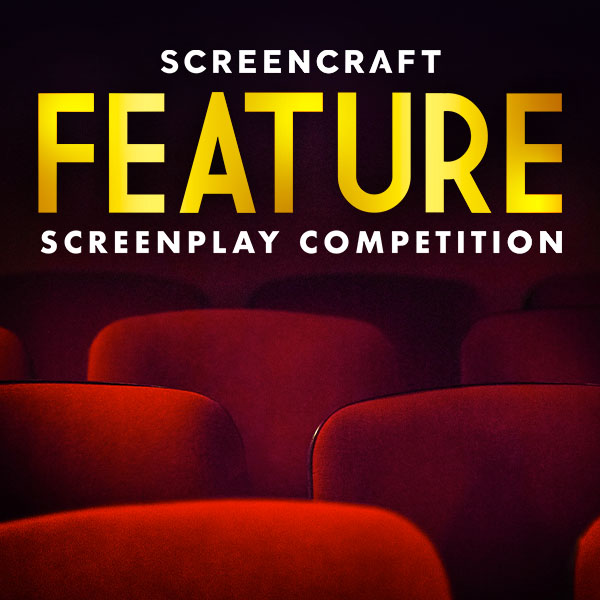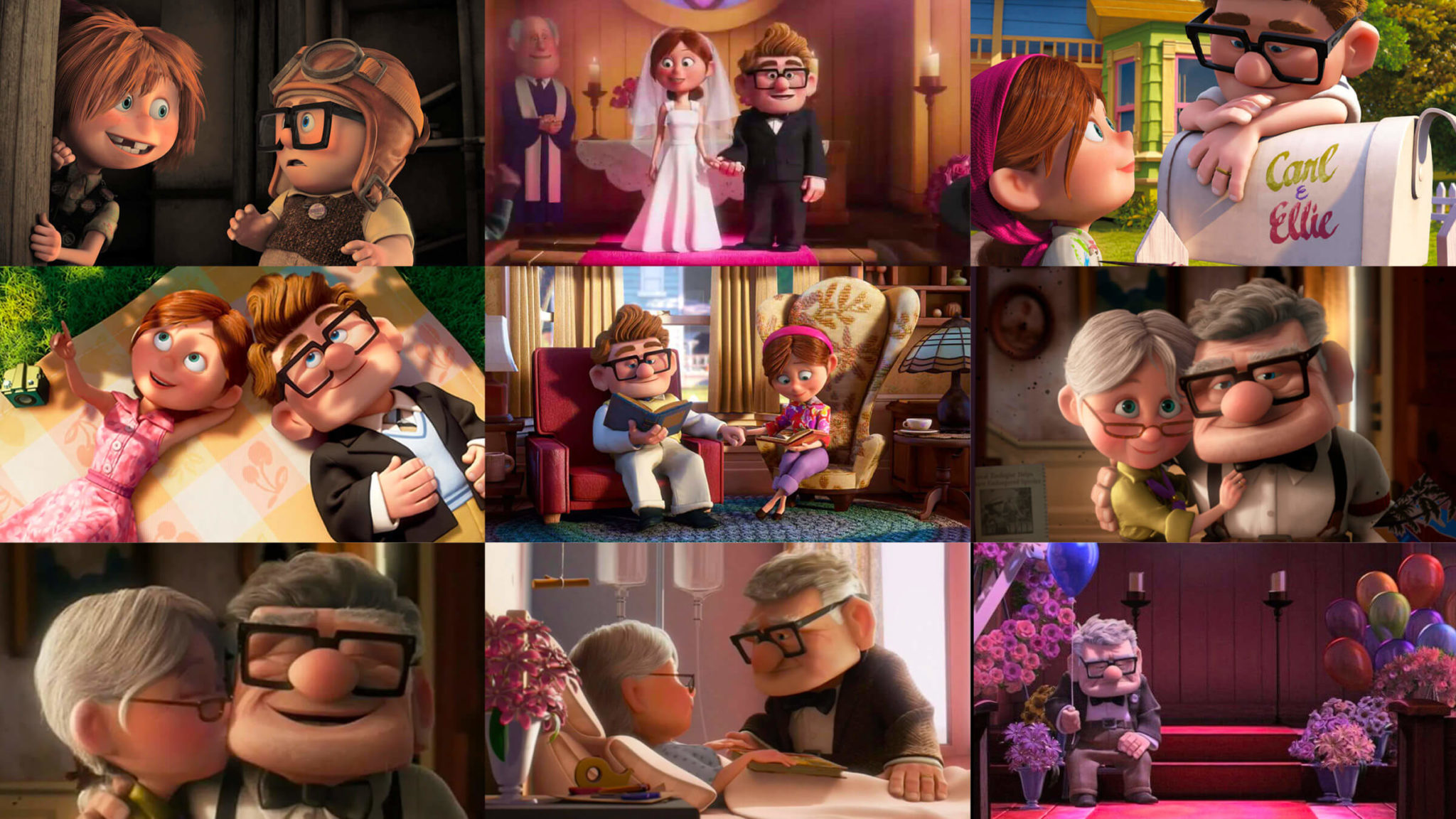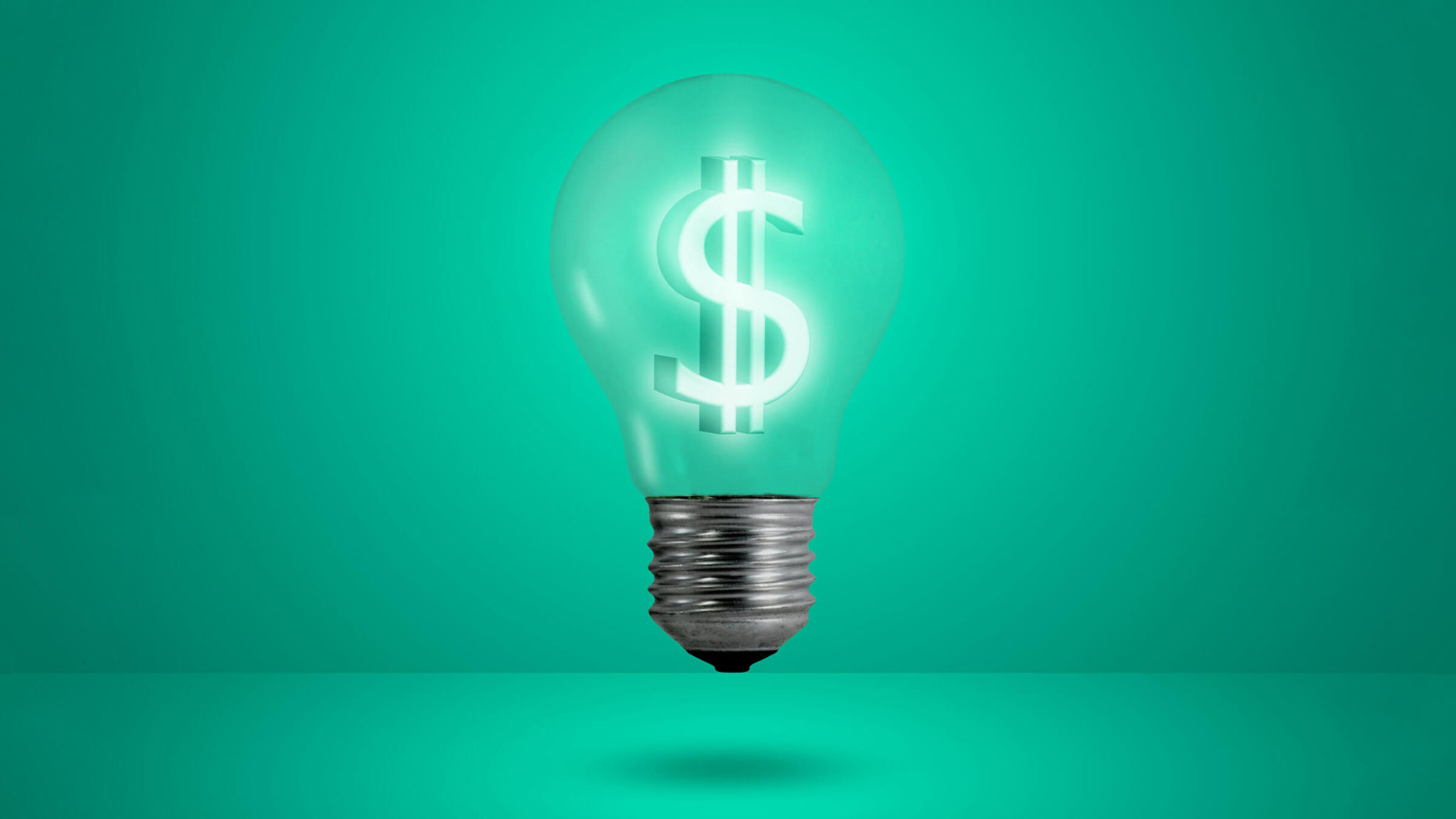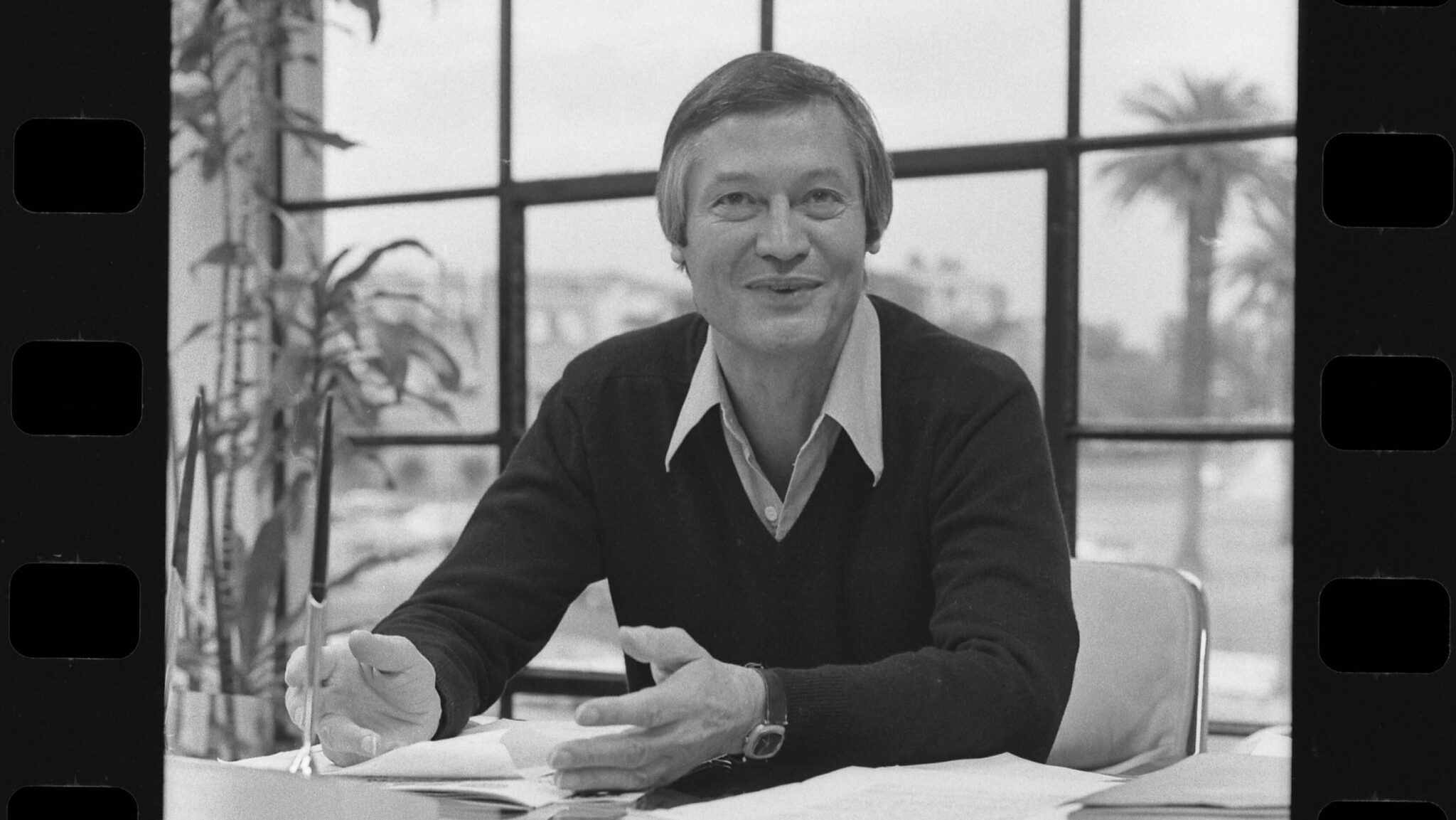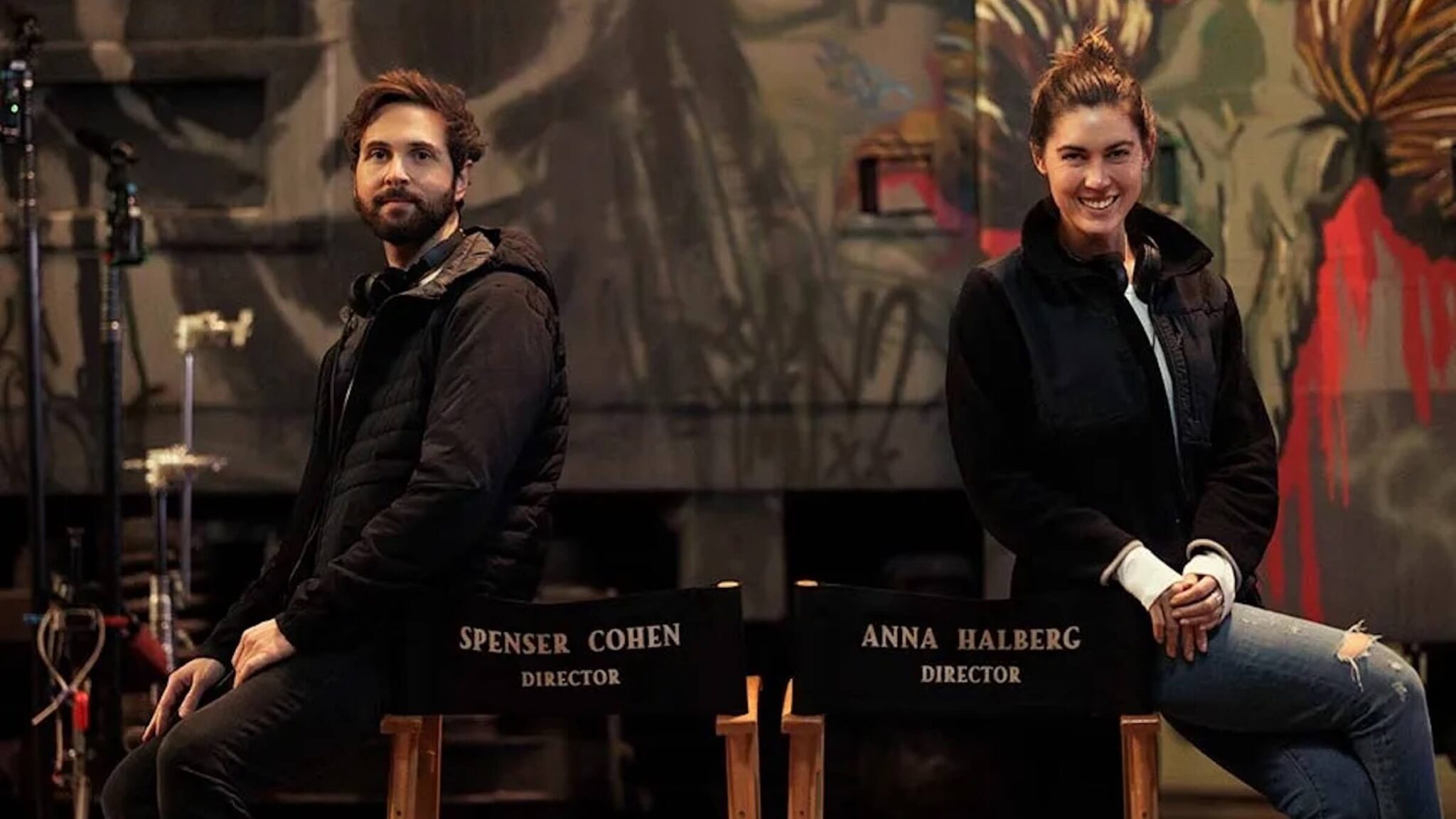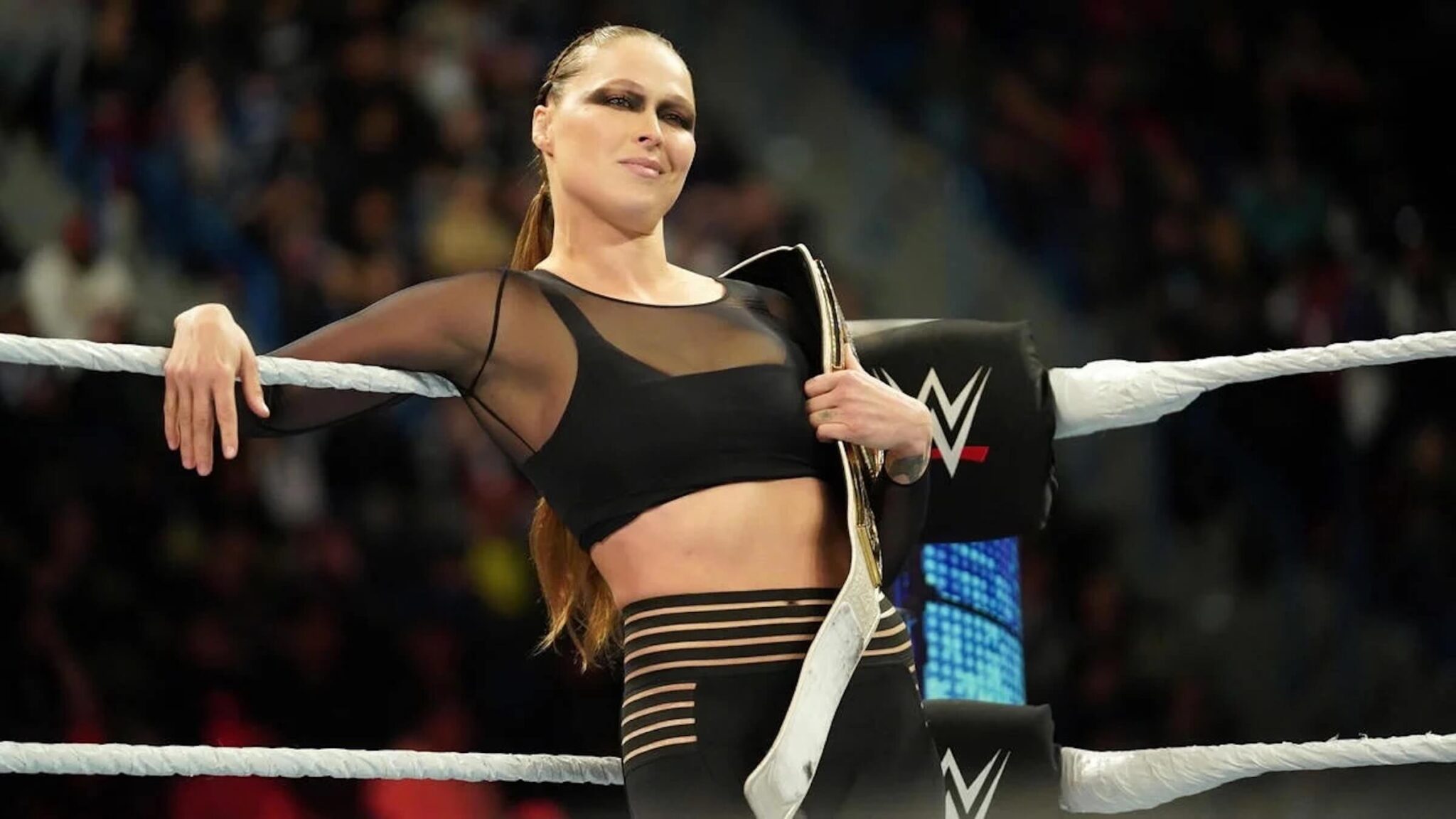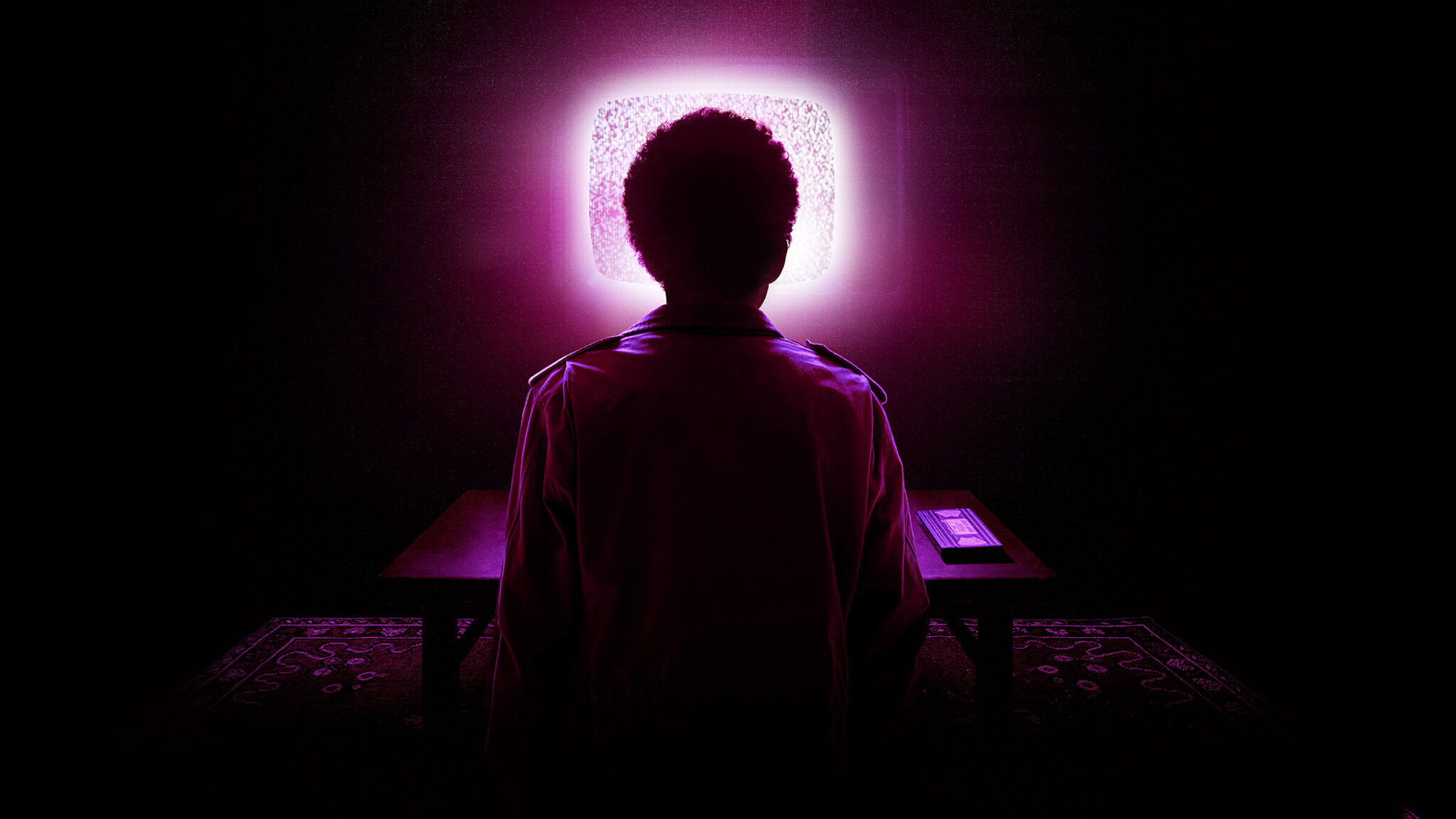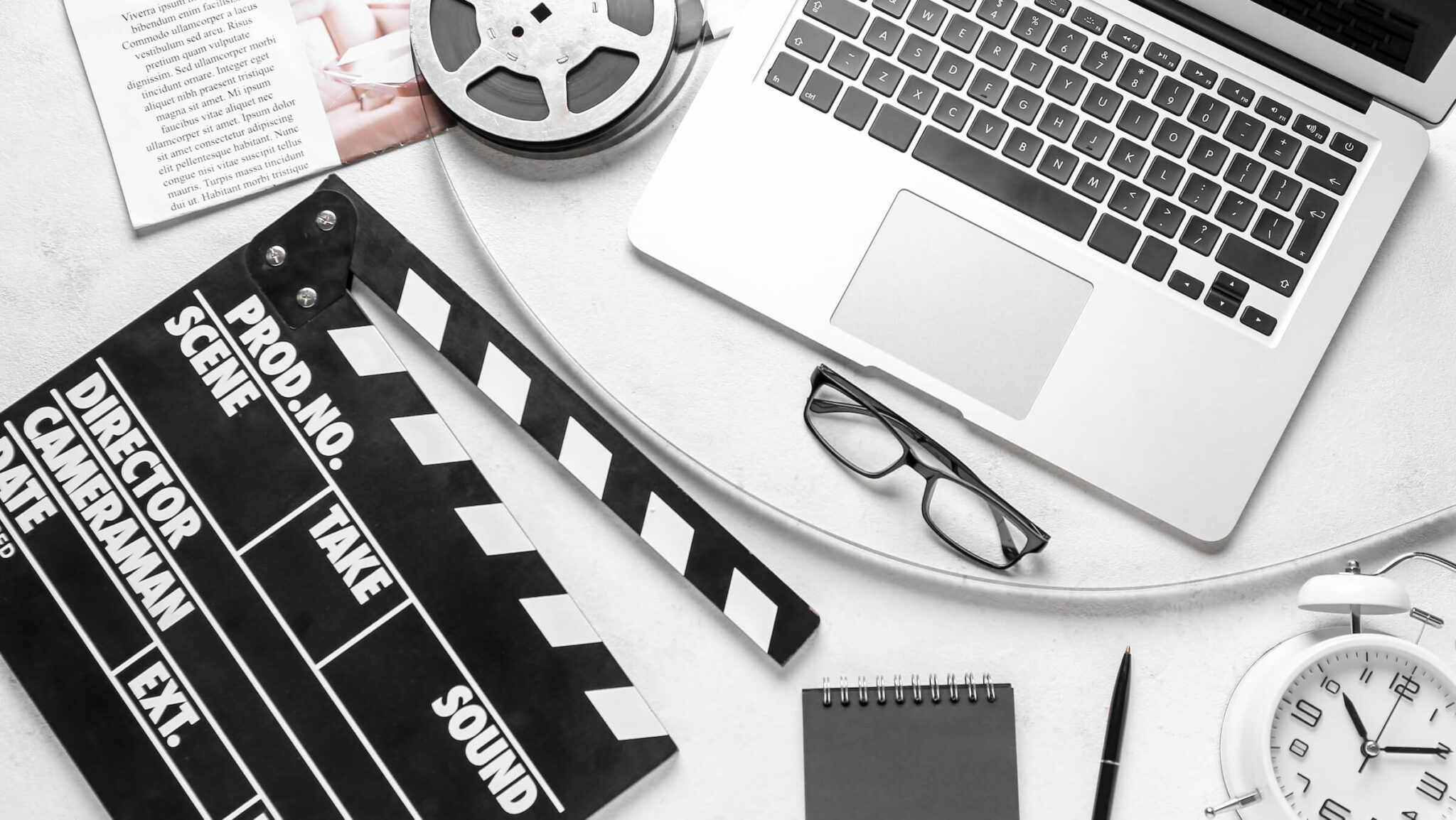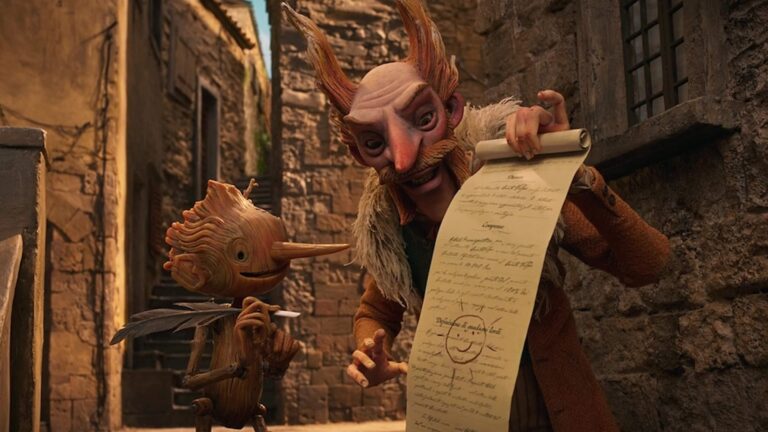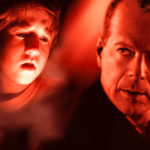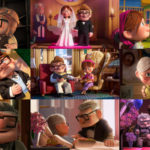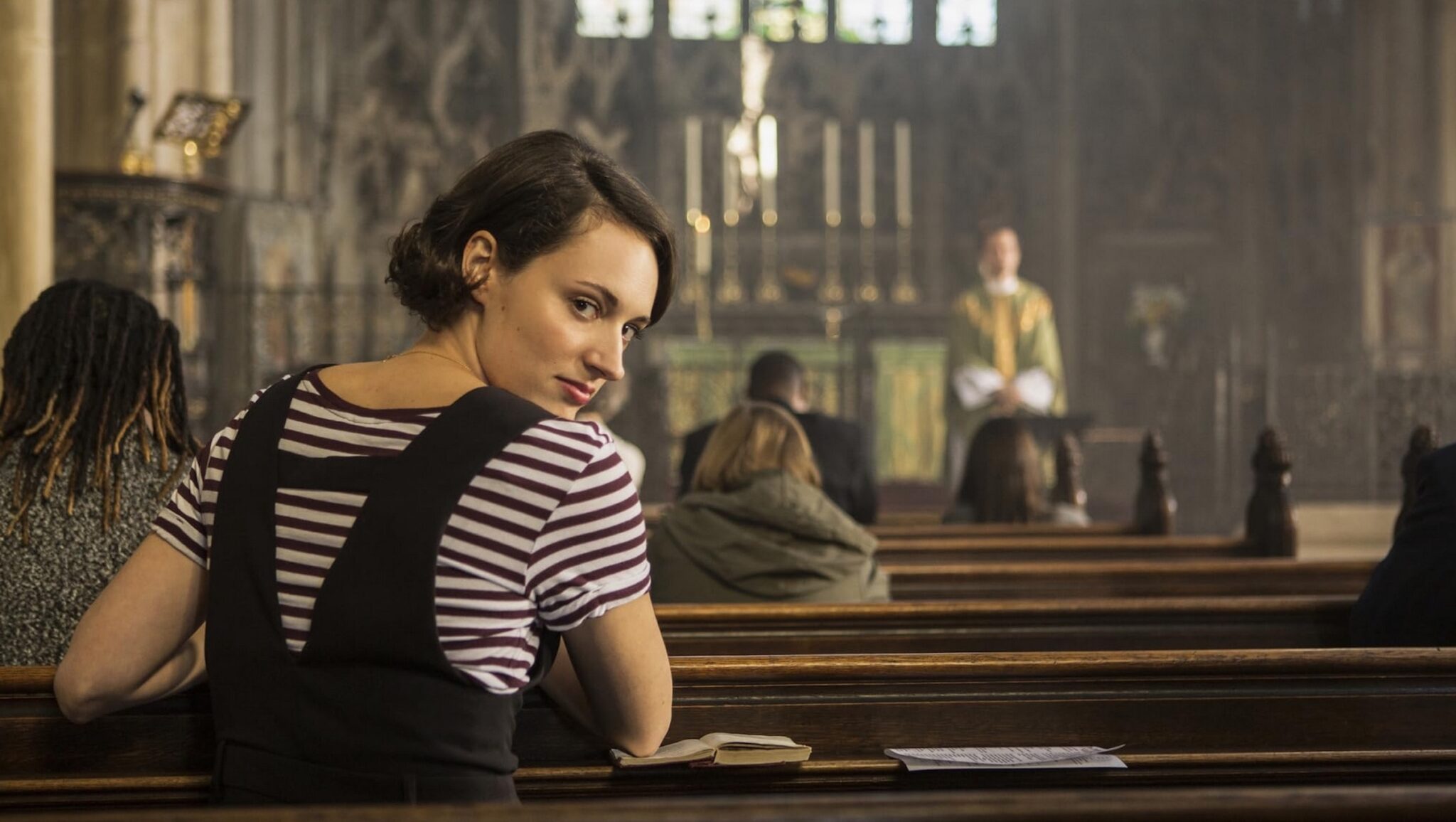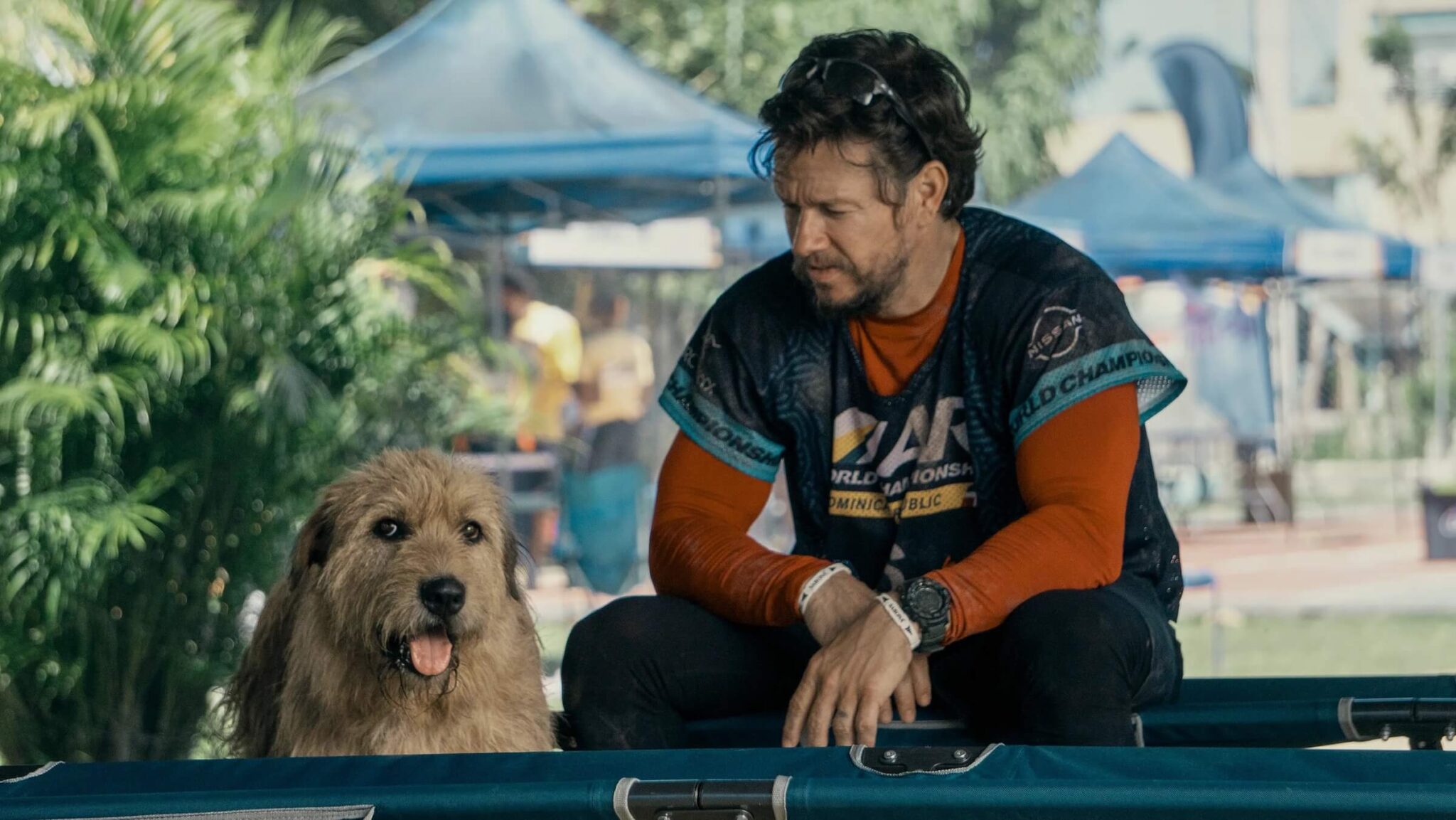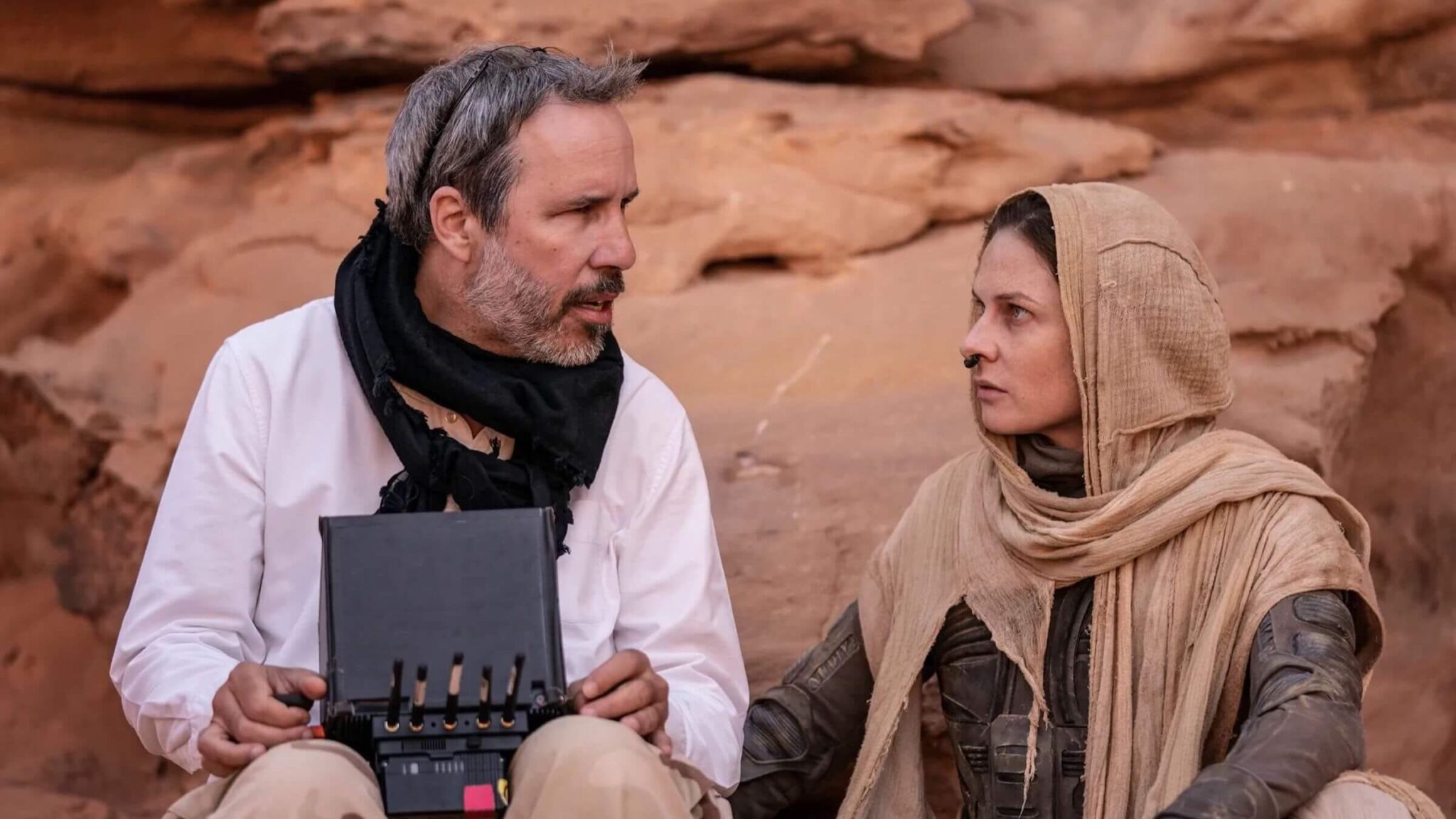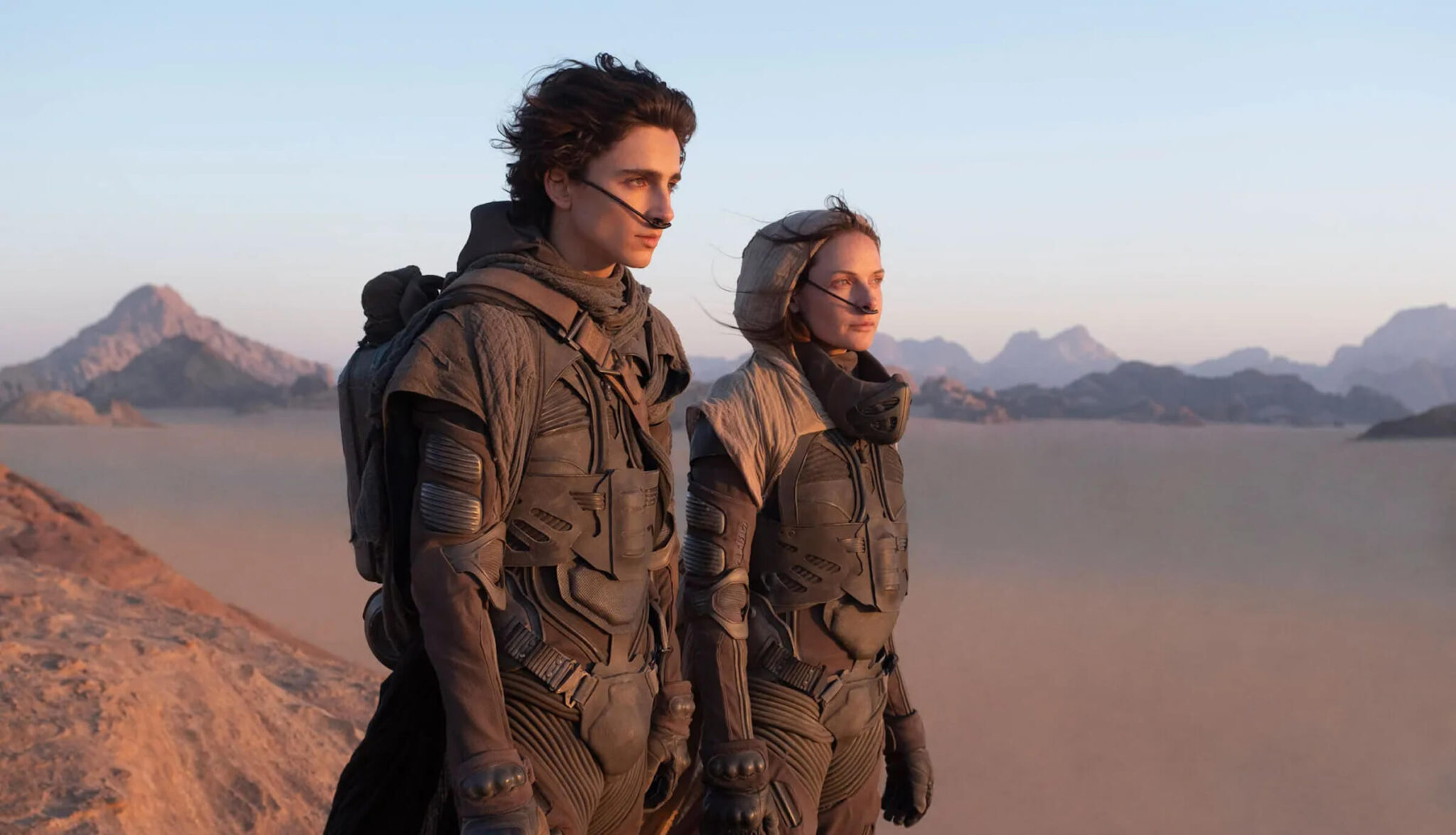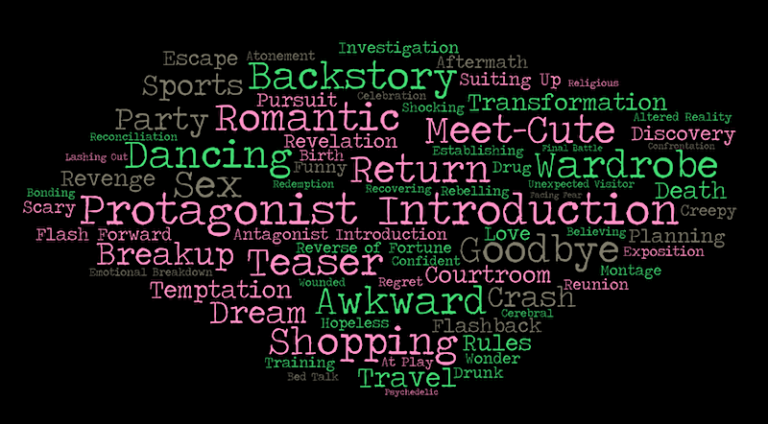
What are all of the major types of scenes found within movies that screenwriters can use within their screenplays?
Movie scenes are generally defined as the action or moment within a single location associated with a time, place, and characters.
Some scenes can showcase multiple locations as characters move from one location to another. When you have a compilation of different scenes, you're witnessing a sequence, which is made up of multiple actions and moments within multiple locations.
Screenwriters have a plethora of scenes to choose from that they can utilize within their screenplays to tell their stories.
With that in mind, we thought it would be fun and informative to compile a list of the major types of scenes that are found in movies, along with a brief explanation.
1. Teaser — An opening moment, scene, or sequence intended to hook the audience from the get-go by generating curiosity and conflict that will be somehow tied to the story to come.
2. Backstory — A scene that showcases the backstory of characters, sometimes told in flashbacks or teasers.
3. Protagonist Introduction — Introduces the protagonist, oftentimes in their Ordinary World.
4. Dancing — A moment where characters within the scene are dancing — for whatever reason.
5. Awkward — A point in the story where a character(s) is placed in an awkward moment or situation.
6. Goodbye — The emotional scene where characters bid each other farewell.
7. Shopping — The story cuts to characters shopping for articles of clothing, cars, weapons, etc.
8. Wardrobe — A character is trying on outfits.
9. Return — The protagonist returns home after their journey.
10. Romantic — Two characters enjoy a romantic moment together.
11. Breakup — Two characters end their relationship in a dramatic or comedic fashion.
12. Transformation — A character undergoes some type of physical or emotional transformation.
13. First Meeting — The first time two characters meet.
14. Antagonist Introduction — Introduces the antagonist, oftentimes with a big establishing reveal of character traits that will oppose the protagonist.
15. Temptation — A character is tempted to do something they would otherwise not do.
16. Courtroom — Any scene that takes place within a courtroom.
17. Sports — Any scene that features characters watching or playing a sport.
18. Party — The scene that shows characters witnessing or taking part in a wild or social party.
19. Discovery — The protagonist discovers an object, clue, or piece of information.
20. Revenge — A character enacts revenge on someone or something that wronged them.
21. Travel — Showcases characters in transit from one location to another.
22. Suiting Up — A character readies themself for an event or confrontation.
23. Planning — Characters go through their plan.
24. Investigation — A character investigates a location, searching for clues or evidence.
25. Revelation — Characters (or the audience) discover something vital to the story.
26. Sex — Characters are involved in the act of sex.
27. Dream — A scene that is either a clearcut dream or is revealed to be a dream.
28. Flashback — Similar to the backstory scene, a flashback offers key information or moments partial to the story and characters.
29. Flash Forward — A peek into the future or a stylistic story device.
30. Crash — Characters are involved with the crashing of vehicles.
31. Death — A character(s) dies.
32. Pursuit — Characters pursue other characters either on foot or by the aide of a vehicle.
33. Reverse of Fortune — A character expects a certain, very clear outcome, but instead experiences an unexpected one.
34. Unexpected Visitor — A character surprises other characters in a dramatic, scary, or funny way.
35. Escape – Characters escape from some type of confinement — emotional or physical.
36. Meet-Cute — It’s where two characters that will eventually form a romantic bond first meet in funny, amusing, awkward, or unusual circumstances. In short, they meet in a cute and memorable way.
Read ScreenCraft's 4 Ways Characters Can “Meet-Cute” in Your Romantic Stories!
37. Establishing — A scene that establishes some type of location.
38. Aftermath — A dramatic scene where characters see the aftermath of a previous story point.
39. Exposition — Characters share expositional dialogue that helps to explain character backgrounds and plot points.
40. Rules — Similar to the exposition scene, this is where the rules of the plot that characters must abide by are shared through dialogue.
41. Altered Reality — A scene where characters don't know if they are experiencing life through reality or some other altered state.
42. Montage — A collection of visuals, moments, or quick scenes that condense time and convey multiple actions quickly.
43. Emotional Breakdown — A character has an emotional breakdown after experiencing something in a previous scene.
44. Hopeless — Similar to an emotional breakdown, but more subdued as a character is at their most vulnerable state.
45. Training — A character trains for an event or confrontation.
46. Recovering — A character recovers from a physical or emotional confrontation, taking the necessary time to rest, relax, heal, or recuperate.
47. Reunion — Characters reunite after a considerable length of time.
48. Rebelling — A character rebels against an authority figure, usually as the antithesis of their normal behavior.
49. Believing — Someone finally believes in something they previously resisted.
50. Scary — Any scene that is meant to induce scares.
51. Shocking — A moment that jolts the characters and/or the audience by presenting something unexpected — a visual, sound, or surprising story point.
52. Redemption — A character redeems themself somehow.
53. Wonder — Someone experiences something for the first time with a sense of awe.
54. Atonement — A character reconciles for something they've done.
55. Reconciliation — Two or more characters come together to reconcile.
56. Funny — Any scene that is meant to induce laughs for the sole sake of inducing laughs.
57. Creepy — A scene that creates a sense of unease via visuals, settings, sounds, imagery, etc.
58. Confident — A character displays newfound confidence.
59. Lashing Out — Someone reacts to previous events by acting out their anger or sadness.
60. Celebration — Characters celebrate something.
61. I Love You — The first moment when two or more characters say, "I love you."
62. Religious — Any scene that takes place in a church or other religious location.
63. Cerebral — A scene that demands the audience to apply careful thinking and mental effort to visuals or revealed information.
64. Drug — Any scene where characters take drugs.
65. Psychedelic — Often an acceleration of a drug scene where characters are feeling the psychedelic symptoms of the drug they've taken. This scene could also be non-drug related, focusing instead on the types of visuals experienced during drug use.
66. Regret — A character looks at a picture, stares off into nothingness, or somehow reflects on their life or actions with regret.
67. Birth — Any scene where anyone or anything is born.
68. Bonding — Two or more characters share a moment together where they bond.
69. At Play — Characters having fun playing something.
70. Drunk — Any scene where characters are drunk — usually paired with party scenes.
71. Wounded — A character has been wounded as a result of previous plot points and are doing their best to patch themselves up or accept that they've been wounded and may not survive.
72. Facing Fear — Any scene that portrays a character going up against their greatest fear.
73. Bed Talk — Two or more characters having a conversation in bed.
74. Confrontation — Any scene where two or more characters confront one another.
75. Final Battle — The climax of the film or character arc, showcasing an action, horror, comedic, or dramatic battle.
What types of scenes did we miss?
Read ScreenCraft's 99 Archetypes and Stock Characters Screenwriters Can Mold!
Ken Miyamoto has worked in the film industry for nearly two decades, most notably as a studio liaison for Sony Studios and then as a script reader and story analyst for Sony Pictures.
He has many studio meetings under his belt as a produced screenwriter, meeting with the likes of Sony, Dreamworks, Universal, Disney, Warner Brothers, as well as many production and management companies. He has had a previous development deal with Lionsgate, as well as multiple writing assignments, including the produced miniseries Blackout, starring Anne Heche, Sean Patrick Flanery, Billy Zane, James Brolin, Haylie Duff, Brian Bloom, Eric La Salle, and Bruce Boxleitner. Follow Ken on Twitter @KenMovies
For all the latest ScreenCraft news and updates, follow us on Twitter, Facebook, and Instagram.
Tags
Get Our Screenwriting Newsletter!
Get weekly writing inspiration delivered to your inbox - including industry news, popular articles, and more!


